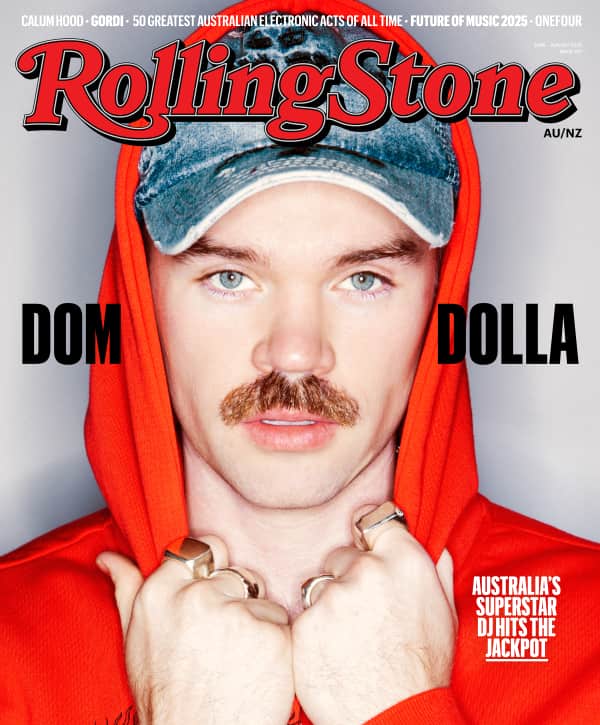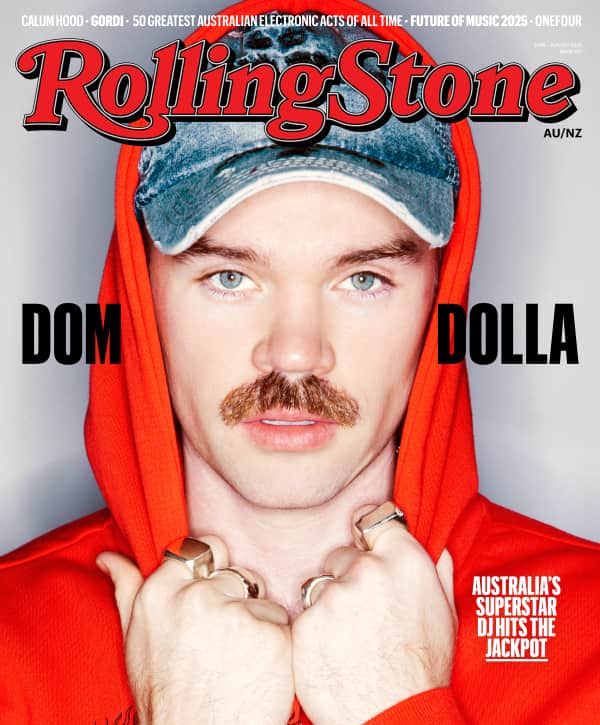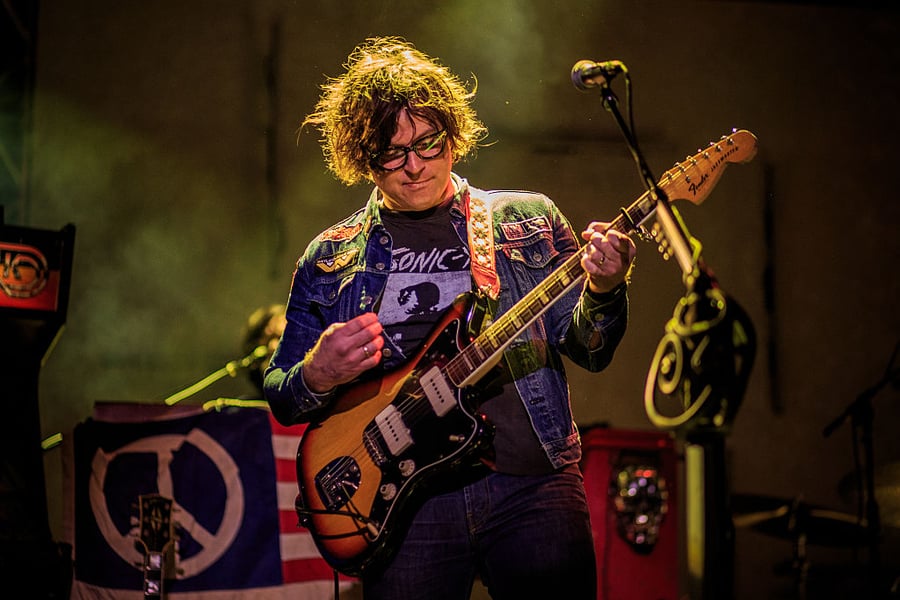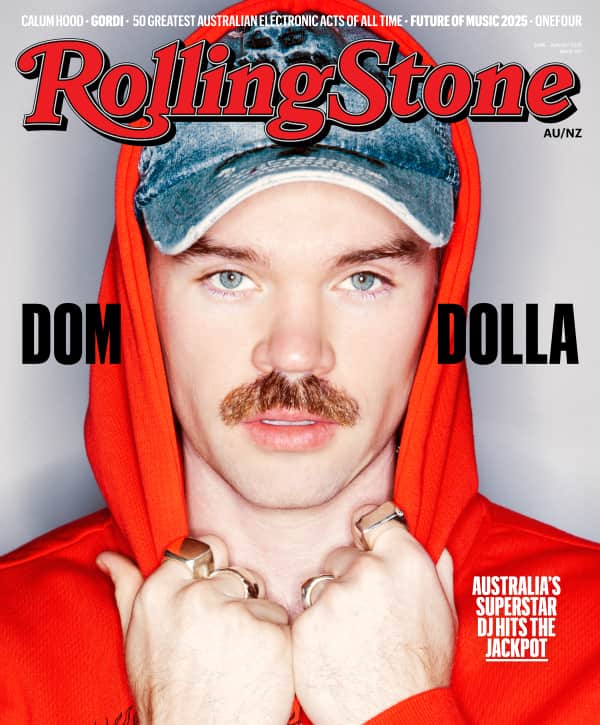There’s a kind of unspoken contract between artist and audience. You buy your ticket and show up open-hearted, ready to receive whatever’s offered; in return, you hope for something honest — something that connects.
At Hamer Hall on October 12th, however, Ryan Adams broke that contract. But not with malice — with something more tenuous: a kind of unravelling.
For longtime fans, this show was meant to be a retrospective — a three-hour dive into Heartbreaker and the emotional terrain Adams has mapped over a quarter of a century since releasing the highly acclaimed album.
Instead, what unfolded was a chaotic, bewildering night that left many questioning their feelings about the artist they’d come to see.
Sitting a few rows back, it was clear something was off.
Adams interrupted himself mid-song, berated his own performance, lay down on the stage, and lashed out at Arts Centre staff and the crowd. He seemed exhausted, unwell, and emotionally unstable, swinging between self-effacing vulnerability and defensive hostility. At times, he muttered that he was “ruining everything,” that he “couldn’t do it,” that he was “a joke.”
The first set ended with a tantrum and walk-off. During the second, after a brief apology and promise to “make it up,” he didn’t seem able to complete any of the pieces he started.
Love Music?
Get your daily dose of everything happening in Australian/New Zealand music and globally.
The apology initially seemed sincere, particularly given his explanation regarding health concerns, but Adams came across as someone trying to hold themself together with words they didn’t actually believe.
As his erratic performance continued to spiral, the crowd grew more confused and dismayed; some shouted words of encouragement, others chose to walk out.
It wasn’t just the dysfunctional behaviour or the aborted songs that were confronting, it was the way Adams treated the audience — crude jokes, mocking comments about his exes, bitterness, the sense that everyone here was a massive burden, the hard truth that he didn’t want to be there at all.
His struggles with Meniere’s disease, epilepsy, and mental health are real and well-documented. While ill health can make life unbearable, if he was suffering to such an extreme extent, why was he there? It doesn’t excuse the verbal abuse or the disregard shown to fans who came with reverence and made sacrifices to do so.
The confusion deepened in the days that followed. Adams posted, then deleted, an Instagram apology. Scathing posts condemning Australia and its audiences followed.
It was a jarring coda to a fractured experience — not just a rejection of the crowd, but of any connection his listeners felt may have existed.
Adams’ music has punctuated my adult life, his music and sentiments deeply woven into my own experiences at different times. A connection was developed through this ‘relationship’, which in reality was not reciprocal.
On October 12th, there were glimpses of the brilliance that made Adams’ music so meaningful, but they were buried beneath disorder. For many, the show felt less like a performance and more like a breakdown. That was the space in which the artist-audience bond, once built on trust and a sense of vulnerability, began to fray.
But here’s the thing: the music still matters. It still holds the memories, moments, and versions of ourselves we found in it. That meaning doesn’t belong to Adams, it belongs to the listeners — to those who carried his songs through their own heartbreak, life lessons, and change.
What happened on stage at Hamer Hall doesn’t have the power to erase what the music gave us. Sometimes we have to separate the art from the artist in order to protect what it meant.



























